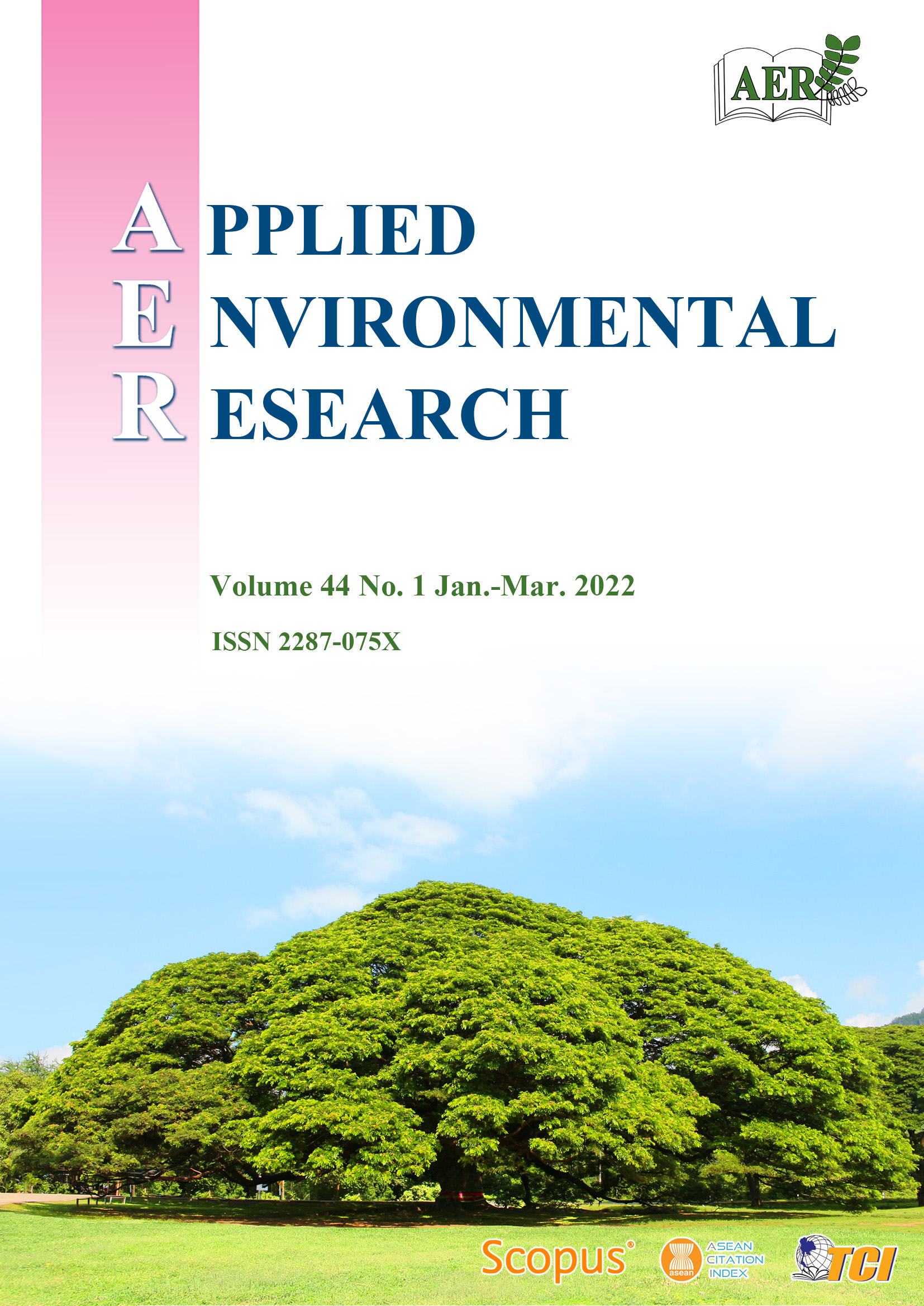A Fuzzy AHP Approach to Assess Flood Hazard for Area of Bang Rakam Model 60 Project in Yom River Basin, Northern Thailand
Main Article Content
Abstract
The Thai government developed the “Bang Rakam Model 60” to solve flood issues in low-lying areas (Phitsanulok and Sukhothai Provinces). In the project, farmers will have to start planting in early April and harvest in July. This research proposes a methodology for assessing flood hazard using a fuzzy analytic hierarchy process (fuzzy AHP) relied on Chang’s extent analysis. It was employed to derive the weight for factor ranking and create a flood hazard map. Eight hazard factors are considered in the methodology: average annual rainfall, drainage density, distance from drainage network, soil water infiltration, land use, elevation, slope, and flow accumulation. The generated flood hazard maps were validated using the repeated flood area from Geo-Informatics and Space Technology Development Agency (GISTDA). Due to the difference of rated opinion on the drainage density factor, the eight experts were divided into two groups of four each. The results of both expert groups indicated that the most pivotal influencing factor to flood hazard is the average annual rainfall. From the first group, it is stated that the highest flood hazard areas are in Phrom Phiram, Mueang Phitsanulok, and Bang Rakam Districts. Whereas, the second group stated that very high flood hazards level occurring mostly in Phrom Phiram District. The flood hazard area was divided into five levels of very low, low, moderate, high, and very high which the first group found that they covered 75.59 km2, 184.44 km2, 211.94 km2, 165.78 km2, and 57.81 km2, respectively, while the second group found that they covered 38.93 km2, 100.22 km2, 175.58 km2, 218.90 km2, and 161.91 km2, respectively. The obtained flood hazard assessment provides crucial information for future flood preparation, response, prevention, mitigation, and recovery initiatives. Moreover, it will guide the government agencies in supplying water and save the compensation budget to victims’ flood-affected farms.
Article Details

This work is licensed under a Creative Commons Attribution-NonCommercial 4.0 International License.
Published articles are under the copyright of the Applied Environmental Research effective when the article is accepted for publication thus granting Applied Environmental Research all rights for the work so that both parties may be protected from the consequences of unauthorized use. Partially or totally publication of an article elsewhere is possible only after the consent from the editors.

